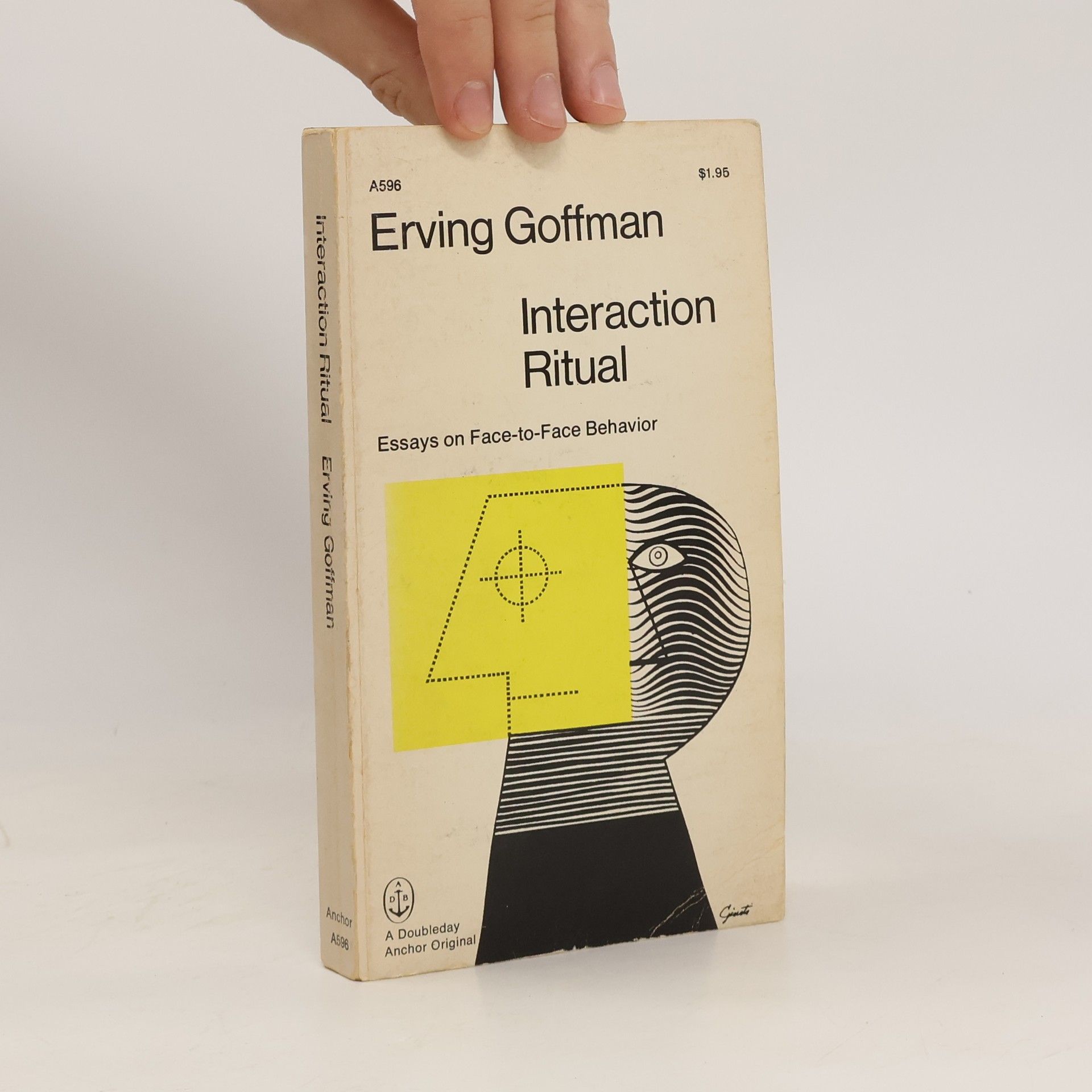"Stigma" je neobvyklou exkurzí do situace osob neschopných přizpůsobit se měřítkům, jež společnost nazývá "normálními". S použitím velkého množství citací z autobiografií a případových studií analyzuje Erving Goffman pocity, které mají stigmatizovaní o sobě samých a svých vztazích k "nám normálním". A vysvětluje, jaké strategie stigmatizovaní používají v nerovném střetu s neochotou ostatních je přijmout. Víc lidí, než si myslíme, nejen lidé tělesně postižení, bývalí pacienti psychiatrických léčeben, narkomani, prostitutky či lidé prostě jen oškliví, je neustále nuceno žít se svými vratkými sociálními identitami - vratkými proto, že jejich obraz o sobě samých je denně konfrontován s mnohdy až urážlivou představou, kterou o nich mají ostatní. Goffman zkoumá alternativy, mezi nimiž stigmatizovaní volí: ukázat svou vadu či nikoli, říci či neříci, lhát či nelhat, v každém případě komu, jak, kdy a kde. Tím souvisí jeho Stigma s ostatními klíčovými pracemi nesenými týmž tématem - jak se ukazovat světu, aby nás svět přijal.
Erving Goffman Knihy
Erving Goffman byl kanadský sociolog a spisovatel, jehož dílo se vyznačuje hlubokou analýzou sociální interakce prostřednictvím dramaturgického přístupu. Zkoumal zejména symbolickou interakci, sociální řád a řízení dojmu, přičemž jeho práce ovlivnily myšlenky Durkheima, Freuda a Meada. Goffmanovy teorie jsou dnes hojně využívány k pochopení vztahu mezi individuálním chováním a reprodukcí společenských systémů, což z něj činí jednoho z nejvlivnějších sociologických myslitelů 20. století.







Kniha je věnována sebeprezentaci v každodenním životě. Studie sleduje problém z hlediska divadelního představení; odvozené principy jsou principy dramaturgické. Jsou v ní však popisovány rysy, které společně tvoří rámec aplikovatelný na jakékoli organizované společenství, ať už v domácí, průmyslové, či komerční sféře.
Asylums: Essays on the social situation of mental patients and other inmates
- 386 stránek
- 14 hodin čtení
Asylums is an analysis of life in "total institutions" -- closed worlds such as prisons, army training camps, naval vessels, boarding schools, monastaries, nursing homes and mental hospitals -- where the inmates are regimented, surrounded by other inmates, and unable to leave the premises. It describes what these institutions make of the inmate, and what he or she can make of life inside them. Special attention is focused on mental hospitals, drawing on the author's year of field work at St. Elizabeth's in Washington, D.C., one of America's most well-known institutions. It is the thesis of this book that the most important factor in forming a mental-hospital patient is the institution, not the illness, and that the patient's reactions and adjustments are those of inmates in other types of institutions as well.The first essay is a general portrait of life in a total instituion. The other three consider special aspects of this the initial effects of institutionlization on the inmate's previous social relationships; the ways of adapting once in the institution; and the role of the staff in presenting to the inmate the facts of his or her situation.
Relations in Public
- 464 stránek
- 17 hodin čtení
The narrative explores the evolving perception of safety in public spaces, highlighting how recent events have transformed the sense of security that once defined these environments. It delves into the psychological impact of this shift, examining societal changes and the implications for individual behavior and community dynamics. Through personal stories and broader societal analysis, the book invites readers to reflect on the meaning of safety and the challenges of navigating public life in today's world.
"Not then, men and their moments. Rather, moments and their men," writes Erving Goffman in the introduction to his groundbreaking 1967 Interaction Ritual, a study of face-to-face interaction in natural settings, that class of events which occurs during co-presence and by virtue of co-presence. The ultimate behavioral materials are the glances, gestures, positionings, and verbal statements that people continuously feed into situations, whether intended or not. This is an interesting account of daily social interaction viewed with a new perspective for the logic of our behavior in ordinary circumstances.
Erving Goffman effectively extends his argument in favor of a diagnosis of deviant behavior which takes account of the whole social situation.
Erving Goffman will influence the thinking and perceptions of generations to come. In Frame Analysis, the brilliant theorist writes about the ways in which people determine their answers to the questions “What is going on here?” and “Under what circumstances do we think things are real?”
This book brings together five of Goffman's seminal essays: Replies and Responses, Response Cries, Footing, The Lecture, and Radio Talk.



